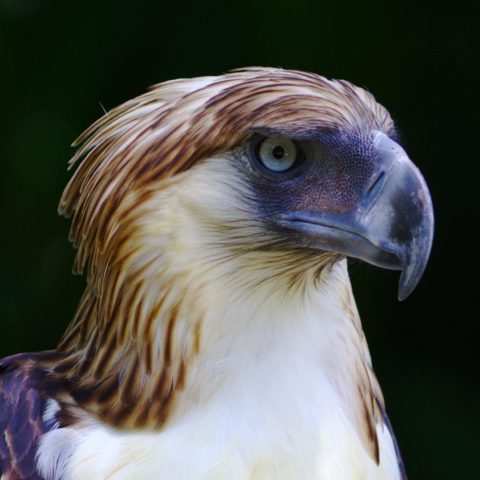Conservation Actions
Conservation Actions UnderwayThe only record derives from Mt Canlaon Natural Park, which supports 115 km2 of mainly montane forest. Surveys in 1991, 1994 and more recently in 2010 failed to find the species (Collar and Lambert 2013). However the 2010 survey found that suitable forest patches remain in the area and larger pigeon species can still be found despite heavy hunting pressure. No other conservation measures are known to have been taken other than its depiction in the mid-1990s on a bilingual environmental education poster in the "Only in the Philippines" series.
Conservation Actions Proposed
Comprehensive and targeted surveys are required, using sound recording equipment (D. Allen in litt. 2012), within all suitable lowland to mid-montane habitat on Negros and Panay, to determine if this species is still extant. Carry out, if possible, biochemical analyses on the type-specimen to confirm its taxonomic validity. Increase the area of suitable habitat on Negros and Panay that receives formal protection. Monitor habitat trends on Negros and Panay through remote sensing.
Location Information
Ptilinopus arcanus is endemic to the Philippines, where it is known only by a single female specimen (one of a pair) collected on Mt Canlaon on the island of Negros in 1953 (Collar et al. 1999). Its population is unknown and, given the failure of any fieldworker to encounter it since its discovery, it must be extremely rare. However, the recent discovery on Panay of threatened species which, until 1990, were known only from Negros, and sometimes formerly Guimaras (e.g. Negros Bleeding-heart Gallicolomba keayi and White-throated Jungle-flycatcher Rhinomyias albigularis), suggests that it is not impossible that this enigmatic bird may be extant. Three birds that fit the species's description were reportedly shot by hunters in 1985 and 2008 in Mantiquil and near Mt Canlaon respectively (Collar and Lambert 2013). Fruit-doves in the Philippines are extremely shy, thus it is quite possible that even on Negros this species might be overlooked, and the extensive forests of Panay which have yet to be surveyed by experienced field-workers might harbour the species (R. Hutchinson in litt. 2013).Geographic Range
Extant
Philippines






